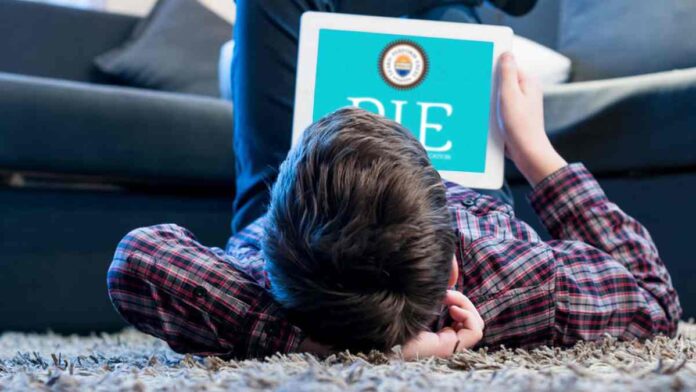Technology has become a commonly utilised instrument for closing educational disparities and promoting fairness. As a result, several apps and new technologies have flooded the market. Some applications are designed to entertain, while others are designed to educate. While choosing educational applications, parents should examine factors such as “gamified” apps, which mix game-like features into instructional exercises.
Technology has become a frequently utilised instrument throughout the world to overcome educational inequalities and promote fairness by increasing access to learning. As a result, several apps and new technologies have flooded the market.
Some applications are primarily meant for pleasure, while others are primarily intended for instruction. What factors should parents consider when picking educational applications for their children if they want to use screen time to improve their children’s learning? Is it useful to use “gamified” applications, which mix game-like features into instructional activities?
What exactly is gamification?
A game, such as tic-tac-toe, is a type of play with specified rules. Gamification occurs in a variety of forms and sizes! These are a few examples of how to gamify learning:
• Offering a “just right” amount of challenge for learners, so that they find the game fascinating but not too tough;
• Incorporating storylines with conflicts or riddles that drive learners to continue playing; and
• Keeping learners aware of their progress through visible routes or points.
How can gamification aid in the learning of children?
Gamification may help youngsters learn in addition to providing fun. There are several reasons why learning via play is beneficial. Playing games is enjoyable for youngsters, which causes dopamine to be released in the brain and stimulates them to keep playing. Not only have that, but motivated learners pay greater attention, which helps them retained what they’re learning. Gamification-based incentive can therefore help youngsters learn more.
But, just because an app is gamified does not guarantee that it will help your child learn effectively. The application of gamification is crucial. Here are some things to look for in a gamified app to ensure it can boost your child’s learning and motivation.
Is there a strong curriculum in the app?
A gamified app cannot assist your youngster in learning unless it has a good curriculum. The material should be based on generally approved teaching standards for that discipline, such as a country’s national reading or math standards. Furthermore, the method the app teaches the information should mirror excellent teaching techniques and be supported by science. A literacy app, for example, should be based on national literacy standards and teach children how to read in a way that research has shown to be effective.
Are the learning exercises in the app extremely motivating?
Apps with more interesting rewards than the learning activities aren’t as useful for learning since children may lose interest in the learning activities and pay less attention to them. They may even hurry through them in order to get to the prizes. Gamification, on the other hand, is more successful when the learning activities themselves are compelling and meaningful7. For example, if the objective is to teach youngsters to read, the stories they read should be entertaining and enjoyable enough to keep their attention.
Is the app directing children’s attention to the information they need to learn?
Narratives and colourfull visuals are frequently utilised in gamified applications to captivate youngsters, but these aspects must be handled with caution. Everything on a screen vies for a child’s attention, and aspects that are unimportant to learning might distract children6. The most visible element on the screen should encourage children’s learning in order for a gamified app to be effective. For example, if the purpose is to teach youngsters the letter “t” and the sound it produces, putting that letter the most visually appealing element on the screen will aid in their learning.
Do incentives communicate a sense of accomplishment?
One of the most effective strategies to keep learners interested is to reward them by “unlocking” more of the learning activity, which encourages them to continue (and learn more!)
The more children play and learn, the more of the game they will unlock, enticing them to continue and learn even more, and so on.
When utilised correctly, gamified applications may help youngsters learn efficiently. Children learn when applications provide a robust curriculum and appealing learning activities that help them pay attention to the most essential facts. When app incentives communicate a sense of achievement, it encourages youngsters to continue learning!



